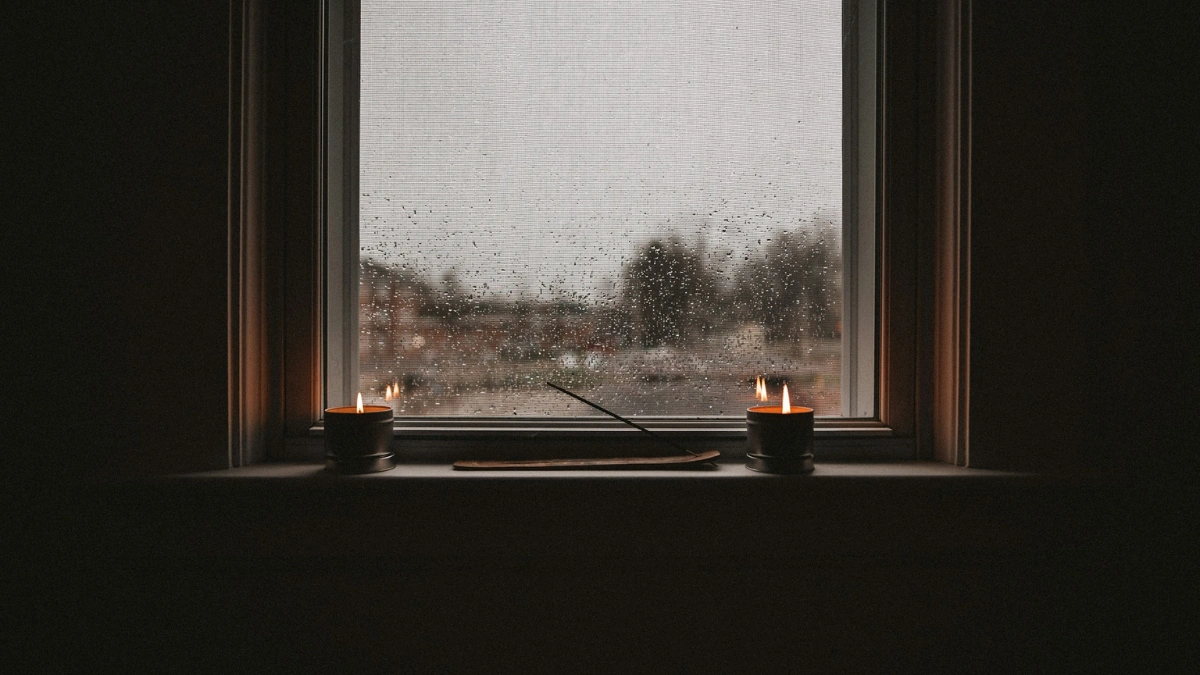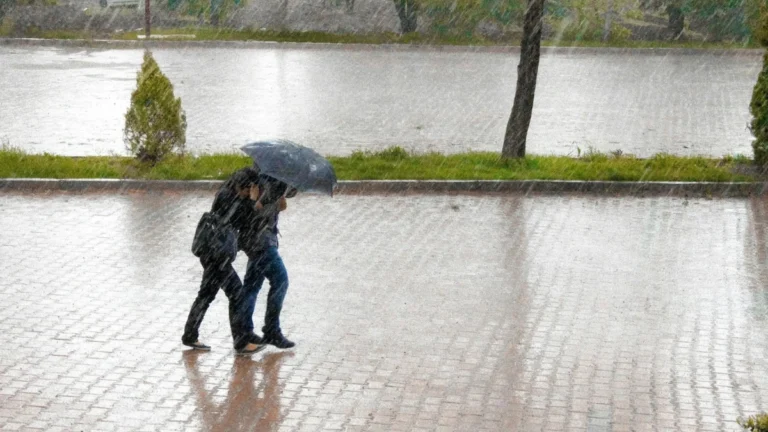Every monsoon, does rain creep in through your windows? You’re not alone anymore.
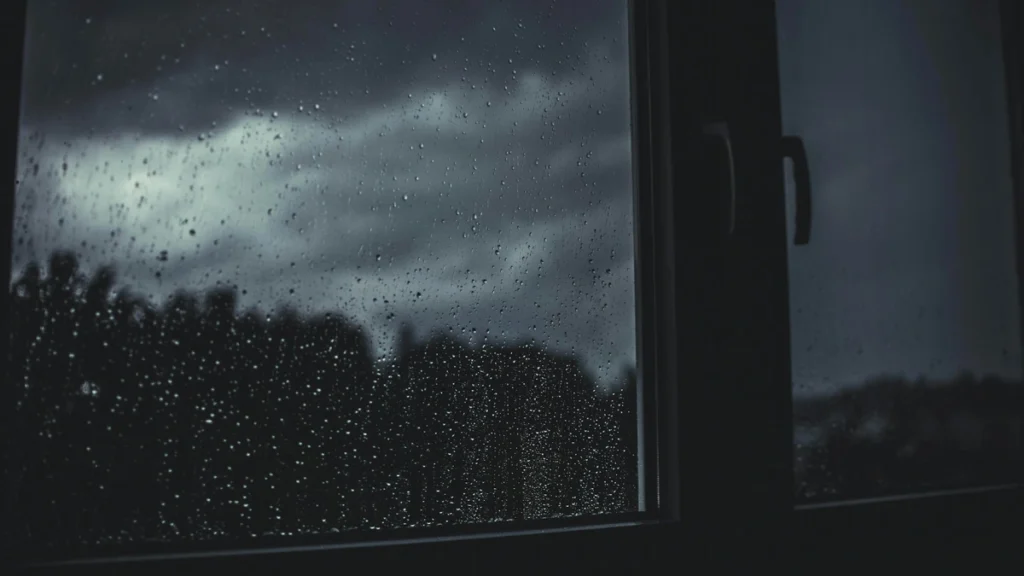
Until you see water soaking your walls, placing down the window frame, or creating little pools on your floor, unexpected rainfall might feel comfortable. Not fun, ugh.
If not addressed, window leaks whether from a weak seal, small gaps, or just sideways wind-blown rain can do silent harm to your house. They may eventually cause moldy areas, removing paint, and even furniture damage.
Fixing it isn’t hard so don’t worry. You don’t need a big budget or expensive equipment. You can keep the rain out and your house dry with a few simple tips and precautions.
I’ll walk you through easy methods in this article to prevent rainfall from getting into your windows, from quick fixes to permanent remedies. I can help you whether you’re preparing for the next rain or you’re simply tired of the leaks.
Why Does Rain Enter Through Windows?
First understanding the causes of leaks is helpful before trying to stop them. Although rainwater shouldn’t enter, several minor problems may allow it to do so. These are a few of the most common reasons:
1. Poor Window Sealing
Window sealing damage is one of the main offenders. The sealing or rubber seals surrounding your window frames may eventually peel out, break, or dry out. Rainwater then chooses the simplest path, which is typically directly into your chamber, after that seal is broken.
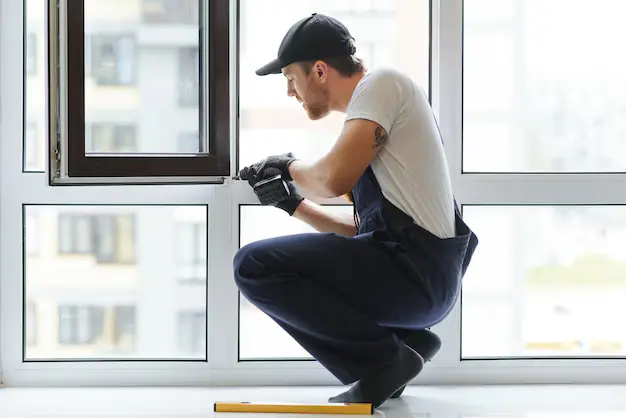
This type of wear is rather typical if your house is older than a few years. However, every tiny flaw in that seal is seen when the rain hits at the right angle. Water begins to leak in during thunderstorms or prolonged rains, but you might not even notice it during light rain.
👉 Tip: Try tracking the inside corners of the window frame with your finger. It’s time to reseal if it is rough, uneven, or brittle.
2. Tiny Gaps Between the Window Frame and Wall
Water can go through even the smallest opening, the type that is invisible unless you look closely. Building movement, poor construction, or changes in temperature that cause materials to expand or shrink can all cause these gaps.
There’s a good risk that rainfall will pass through if your windows aren’t exactly aligned with the wall or were placed a long time ago. What’s the worst? It may be ignored until the wall has already developed moisture or water damage.
👉 Tip: Check all four corners of your windows with a flashlight on a wet day. A hidden leak may be present if you see water spots, bubbling paint, or moisture tracks.
3. Clogged or Faulty Window Drainage Channels
Break down holes, which are small drainage channels that help bring water out when it drops on the tracks, are a common feature of modern sliding windows. The issue is that such openings might be blocked by dust, leaves, dead insects, and even spider webs.
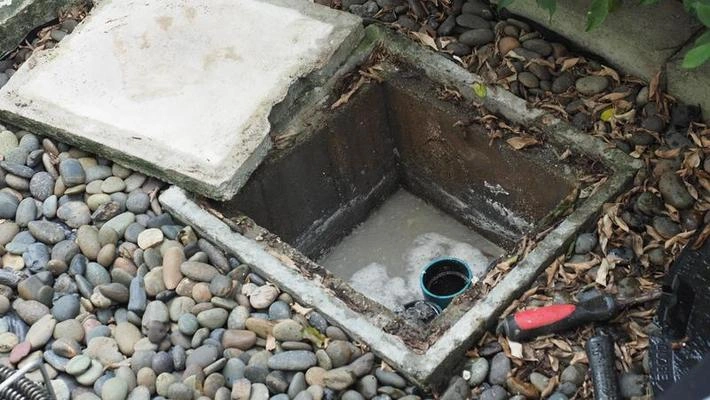
Rainwater collects in the bottom tracks and crosses the inner border into your house when that happens. Even if everything else appears to be sealed, you’ll frequently identify this if you observe water collecting close to the window’s lower corners.
👉 Tip: To get rid of those holes, use a pin, toothpick, or tiny brush. Even better, during the monsoon, clean the entire track once every two weeks.
4. Cracked Glass or Loose Hinges and Locks
Sometimes the window itself is the problem, not the frame or seal. Rain may be able to enter through a tiny break in the glass or a weak hinge. A little gap is created by hinged windows that don’t close completely, and even though it’s hardly noticeable, water (and wind) will enter it.

Additionally, over time, cracks can appear if the glass is compressed or if there have been changes in the temperature, particularly in urban areas where it is extremely hot and then unexpectedly wet.
👉 Tip: If your window doesn’t “click” as it closes, the hinge or lock may need to be tightened. And before it becomes worse, think about replacing the glass if there is even a tiny break in it.
5. Wind-Blown Rain
Sometimes the storm is at fault, not the glass. Particularly during monsoon storms or cyclones, wind-driven rain might strike your window from the side or even from below. Water can be pushed through vents, gaps, or seals if your window design doesn’t take it into care.
This is more common with older windows, particularly sliding or single-pane models. Additionally, the issue is more common if you have walls or trees that send rain toward your windows.
👉 Tip: Find out which side of your house faces the most rain and wind. This can be the cause if the leak is limited to one side. This can be resolved without a complete replacement by installing window hoods or wind deflectors.
Quick DIY Fixes You Can Try Right Now
You don’t need to hire a contractor right immediately, and you shouldn’t be panicked if rainfall comes in through your windows. Most leaks can be sealed off and more harm may be avoided with a few simple tools and a little work.
Even if you have never used a gun for sealing before, you can still do these easy tasks yourself.
1. Seal the Gaps with Waterproof Caulk
Do you see visible cracks between the wall and the window frame? Waterproof silicone glue can help with that. When it comes to keeping water out, this product is important.
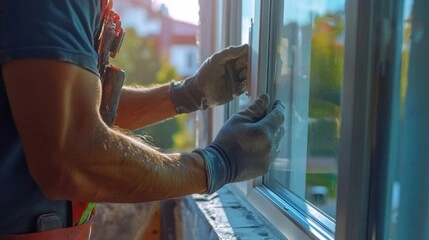
Simply use a towel to wipe the area, then use a plastic scraper or your finger to smooth the glue over the gap in the frame. It stays during intense monsoon rains and dries fast.
2. Install Rubber Weather Stripping
This is a simple solution for those uncomfortable drafts or little gaps in the window. If you want a tight seal that keeps out wind and water, simply peel and apply the weather stripping along the window edges.
It’s particularly helpful for older metal or wooden windows that no longer close as tightly.
3. Use Window Rain Guards or Visors
A rain guard, often known as a window umbrella or visor, can help in diverting water away from your windows if it is blowing sideways into them. These are simple to place above the window and come in glass or plastic.
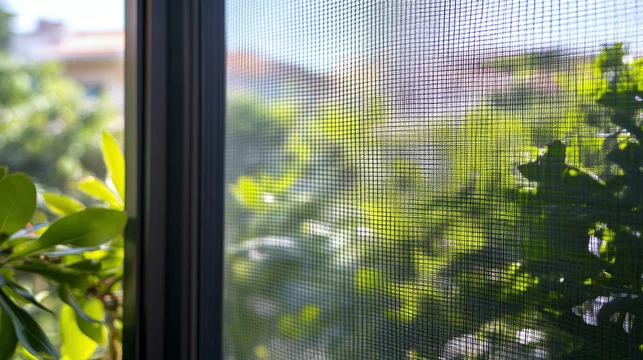
If your leaks only occur after thunderstorms, this remedy is fantastic.
4. Apply Waterproof Foam Tape
Another simple solution, particularly for windows that close loosely, is foam tape. Simply apply it along the window frame or sash’s inner edges. When the window closes, it narrows to provide a gentle barrier that helps keep rain out.
All you need are scissors to cut it and a spotless surface to glue it on.
5. Keep Absorbent Towels or Leak Barriers Handy
Place thick towels or loss-absorbing pads at the bottom of the window frame if you have a not expected leak during a rain and don’t have time to fix it correctly. Although it’s not a long-term solution, it will protect your walls and flooring while you fix the root of the problem.
👉 Expert advice: To keep your wall dry, you may even position a plastic sheet below the towel.
6. Unclog Window Tracks and Drainage Holes
Cleaning might sometimes be the solution. Use a paperclip, brush, or vacuum to remove any particles from the drainage holes or tracks of your sliding windows. If these are blocked, water could go directly into your house.
You’ll be shocked at how much it helps if you do this at least once a month during the rainy season.
Long-Term Solutions for Lasting Protection
Fast repairs are excellent for temporary solutions, but if you want peace of mind or are tired of cleaning up water every monsoon, it’s time to consider more broadly. If you want your windows to remain rainproof for many years, these long-term options are well worth the somewhat higher effort (and maybe financial) expense.
1. Upgrade to High-Quality Window Frames
Older wooden or metal-framed windows in your house may not be built to stand up to extreme rainfall or storms. Making the switch to aluminum or uPVC windows with tight, water-sealed frames can have a significant impact.
Your home will remain dry even when it rains outside thanks to these modern windows’ improved insulation, stronger sealing, and interior drainage channels.
2. Get Professional Waterproofing around Window Frames
DIY sealing isn’t always enough, particularly if the leaks come from joint areas or wall fractures. A professional waterproofing service can help with that.
They cover the outside and inside of your window frame with a permanent barrier made of industrial-grade materials (such as waterproof cement, bitumen, or elastomeric coatings).
It’s particularly helpful in places with a lot of rainfall or in older structures.
3. Install External Awnings or Window Shades
Although it can look outdated, an awning is a great way to keep rain from directly hitting your window. Most rain will be diverted before it even reaches your gaps or seals if you place a hood or a bent cover above your window.
Awnings are also excellent for increasing the life of wooden window frames and protecting them from water damage.
4. Improve Outdoor Drainage Systems
Water coming in through your window can sometimes be a reflection of more than simply the glass itself. Rainwater collects and leaks inside if your balcony, terrace, or roof is sloping incorrectly, or if the drain pipes close to your windows are blocked.
Look around your house for any overflowing gutters or standing water. Use appropriate slopes, clear drainpipes, and waterproof gutter linings to divert the flow away from your windows.
5. Use Waterproof Paint and Wall Protection
Water coming in via other walls might result in a wet mess even if your windows are properly sealed. An additional line of protection is provided by sealing the surrounding wall portions or painting the outside with waterproof paint.
In older cement homes or things that already have wet areas, this prevents moisture from entering through the wall structure.
Tips for Different Window Types
There may be several window styles in your house, including as sliding, hinged, aluminum, or wooden. The frame of the window has a significant impact on how rain enters (and how to stop it). Here’s how to deal with the most common kinds:
1. Sliding Windows

Sliding windows are very common, particularly in flats. However, if their tracks and wet spots aren’t cleaned often, they’re also more likely to leak.
How to protect them?
- Regularly clean the track to avoid blockages.
- Use a pin or light brush to clear the seep holes.
- Apply rubber or foam seals to any edges that don’t fit properly.
- For added protection in the event of heavy rain, run waterproof tape around the sliding surface.
2. Windows with hooks or casements
These windows typically shut tightly and can open inside or outside. However, water may still pass in from the top or sides if the hinges are loose or the frame is slightly bent.
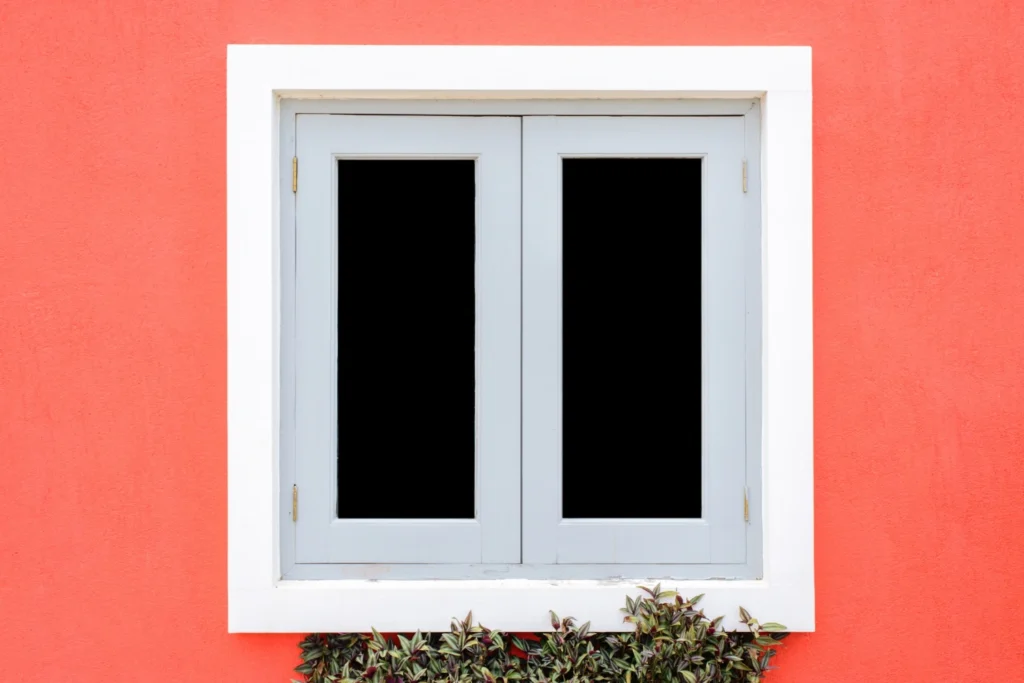
What to do?
- Verify that the window closes properly.
- If necessary, replace any loose hinges and tighten them.
- Close any little spaces around the borders with silicone sealant.
- Put weather stripping on the bottom and sides.
3. Wooden Windows
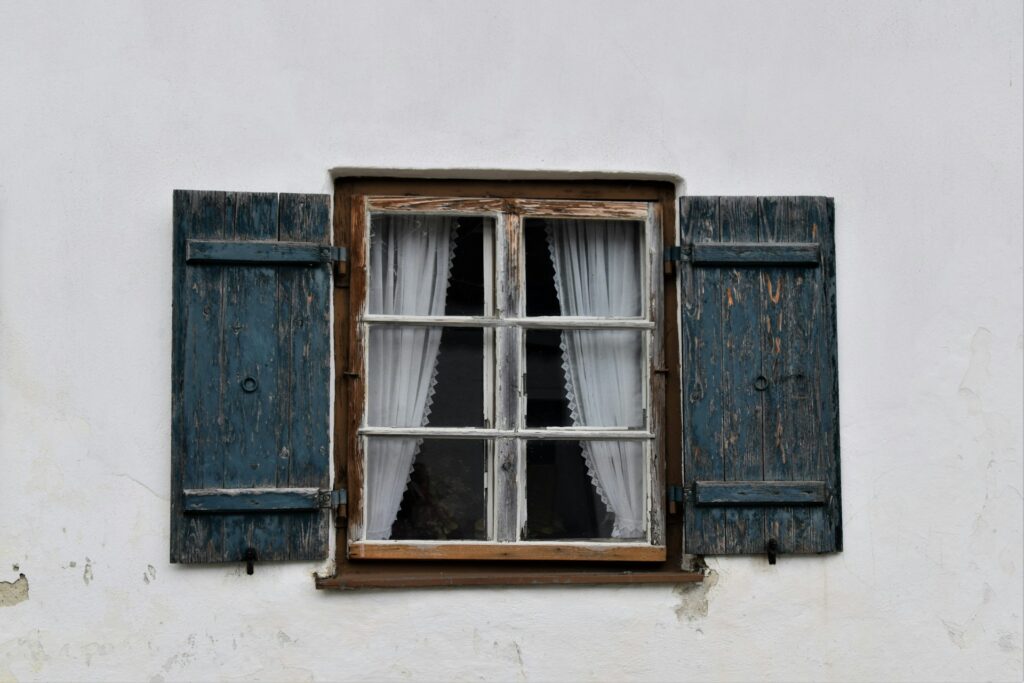
Although wooden frames have a beautiful look, they are moisture-sensitive. If they are not well closed they can expand, crack, or allow water to enter during the monsoon.
How to protect wooden windows?
- Before the rainy season begins, apply a layer of waterproof coating or paint.
- Look for any soft or breaking wood in the corners; this might indicate water damage.
- For a tighter closing, use weatherstripping made of foam or rubber.
- When it’s dripping, don’t leave them open for too long.
4. Aluminum or uPVC Windows
These modern windows are designed to handle rain better. However, they still require routine inspections, particularly if they were placed incorrectly or have not been maintained.
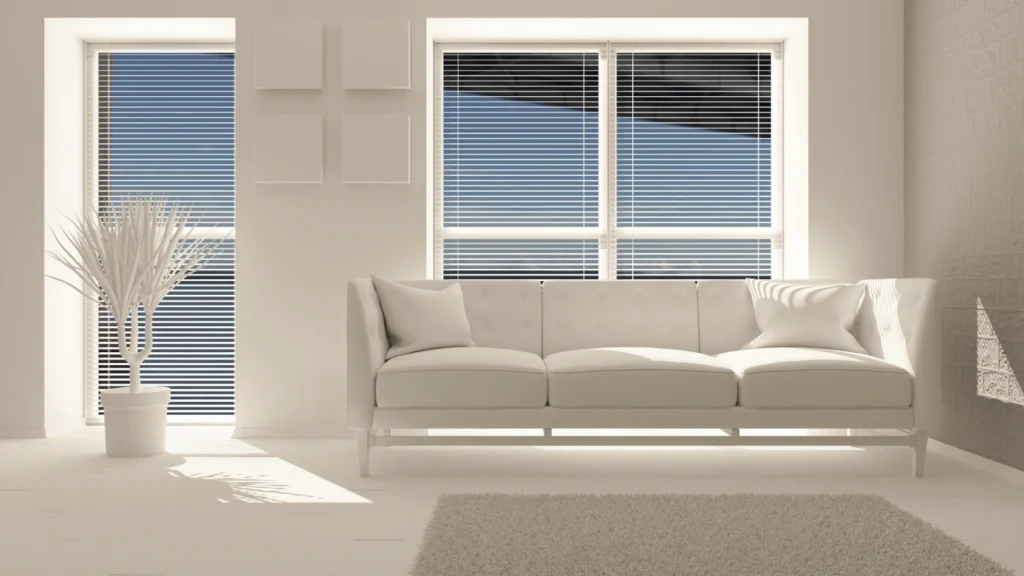
Best practices:
- If there are any leaks, use silicone glue to reseal joints.
- To improve closing, tighten locks and screws.
- Clear drainage channels integrated into the structure
- Verify the glass-to-frame seal; if it appears loose or unbalanced, tighten it.
Conclusion
At first, a few droplets of rain or a little wetness from rain pouring through your windows might feel like a minor problem. However, if treatment is not received, it may result in warped wood, moldy walls, peeling paint, and increased repair costs. The good news? You can keep your area dry and relaxed by combining clever renovations with fast fixes to stop the rain in its tracks.
Frequently Asked Questions (FAQs)
Can I fix a leaking window myself without plumber?
Yes! weatherproofing or waterproof glue can be used to cover gaps if the leak is minor. For a tighter seal, you may also use foam tape or clear out drainage canals. The best course to take is to call a professional for larger or more frequent leaks.
What’s the best sealant to stop window leaks?
Small joints and gaps around windows are best sealed with a transparent silicone waterproof caulk. Even for newbies, it is straightforward to use, durable, and versatile.
Do I need to replace the entire window if it leaks?
Not all the time. reattaching or improving drainage can resolve the majority of leaks. However, replacing the window with a modern waterproof choice (like uPVC) can be a better long-term solution if it is really old, cracked, or bent.

